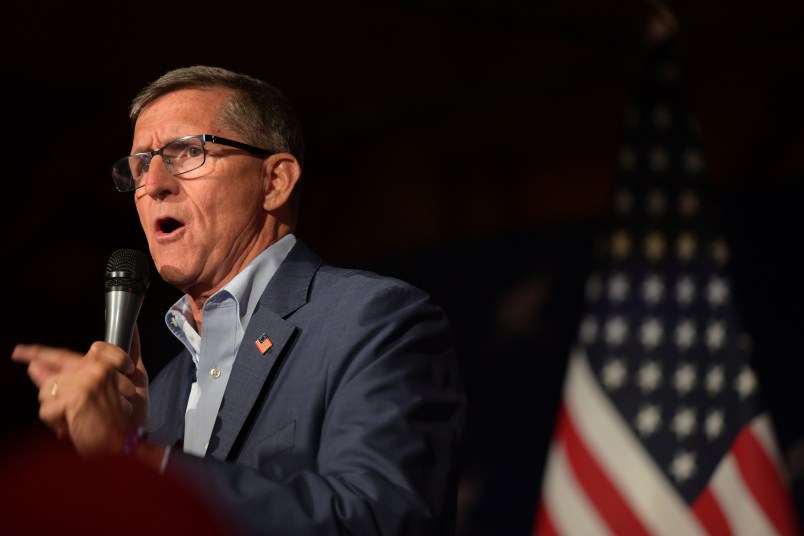Relatively few Americans had heard of Allen Stanford until the last week or so. But it turns out that, over the last decade, the Texas billionaire had attracted the scrutiny of a range of government authorities, and been the subject of several civil suits — so much so that it’s hard to believe it took until last week for him to be formally charged.
Let’s recap what we know about the various inquiries, investigations, and lawsuits focused on Stanford’s sprawling financial empire over the last decade:
Circa 1998
– Stanford writes in a letter to the US ambassador to Antigua that he has been investigated by numerous agencies over the years, and none had found evidence of wrongdoing.
1999
– After Stanford finds that a former Mexican drug lord had used his bank to hide or launder money, he voluntarily makes out a cashier’s check worth $3.1 million, and gives it to the Drug Enforcement Agency.
– The Treasury Department places Antigua — where Stanford’s business is based, and with whose government he is cozy — on its money-laundering watch list.
Circa 1999
– Texas securities regulators find evidence of potential money laundering involving Stanford. They refer it to the FBI and the SEC, because it involves offshore banks. Texas securities commissioner Denise Voigt Crawford later tells the state legislative committee: “Why it took 10 years for the feds to move on it, I cannot answer.” She added: “We worked with the FBI and the SEC and basically gave them the case. We told them what we’d seen and they were going to run with it.”
2005
– A lawsuit filed in Florida accuses Stanford of aiding a Ponzi scheme.
2006
– The SEC’s Fort Worth office opens an investigation into Stanford’s business, but is asked by another agency to “stand down,” and complies. (Rep. Dennis Kucinich, who chairs the House Domestic Policy subcommittee, asked late last week that the agency turn over documents related to that sequence of events.)
2006
– A second Florida lawsuit, this one filed by a former employee, accused Stanford of being involved in a Ponzi scheme.
2007
– Two former employees sue Stanford, alleging fraud.
– The SEC finds, during a routine exam, that Stanford’s Houston-based broker-dealer operation is violating net capital requirements. The firm pays a $20,000 fine.
– Stanford Financial pays a $10,000 fine to FINRA in response to allegations that it gave out “misleading, unfair and unbalanced information” about its certificates of deposit.
2008
– Stanford Financial pays a $30,000 fine to FINRA in response to allegations that it didn’t adequately disclose in its research reports its method for valuing certain securities, among other information.
– FBI opens an investigation into whether Stanford laundered drug money for Mexico’s violent Gulf Cartel. Mexican authorities detained one of Stanford’s private planes after officials found checks inside believed to be connected to the cartel. (The DEA also at some point probed Stanford for laundering drug money.)
– That inquiry into Stanford by the SEC’s Fort Worth office is reopened, in the wake of widespread criticism of the agency for failing to catch Bernard Madoff’s alleged $50 billion Ponzi scheme, and for de-emphasizing enforcement in recent years.
2009
– SEC files charges against Stanford, alleging “massive ongoing fraud.”
As we reported last week, there’s strong reason to believe that the SEC should have pushed harder on Stanford sooner. The long history of inquiries that failed to uncover Stanford’s alleged $8 billion fraud only strengthens that notion.








